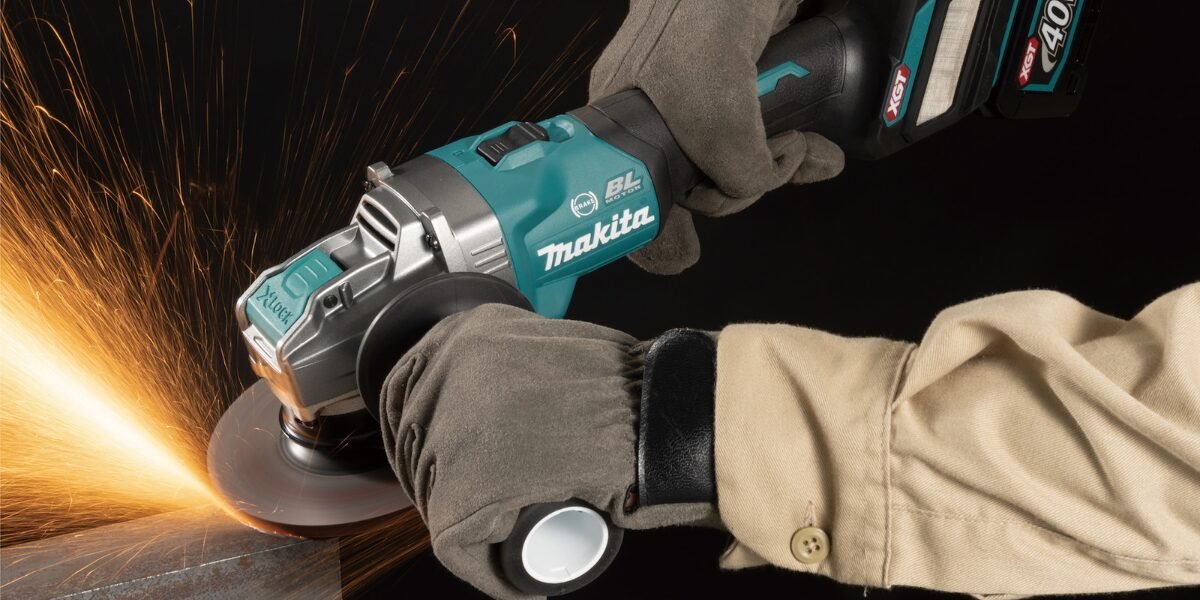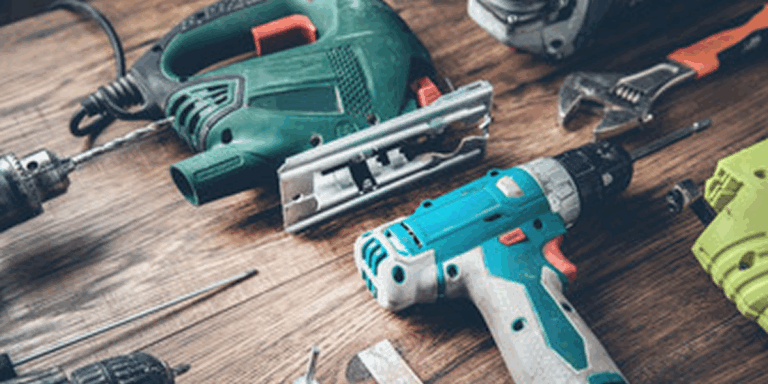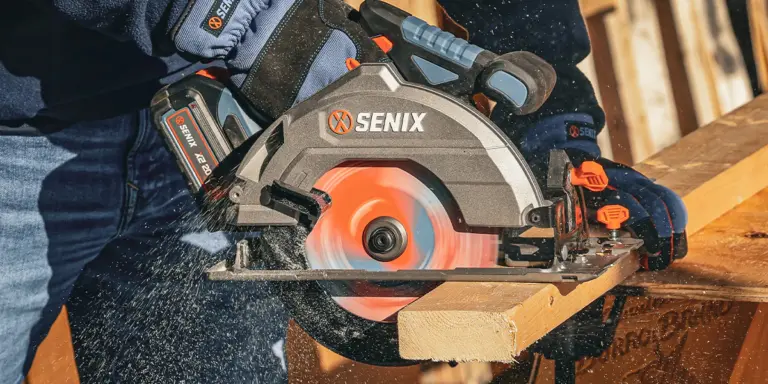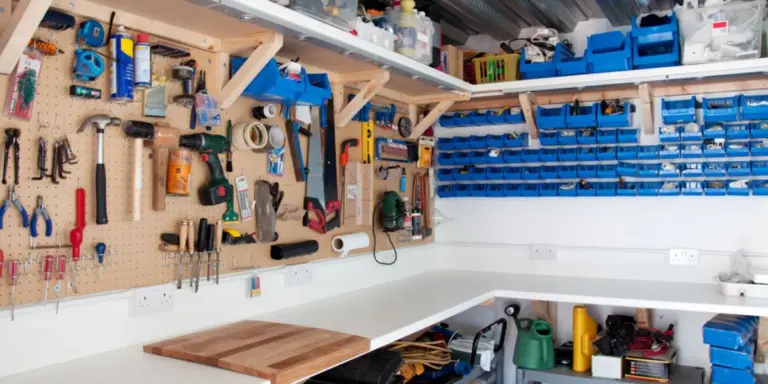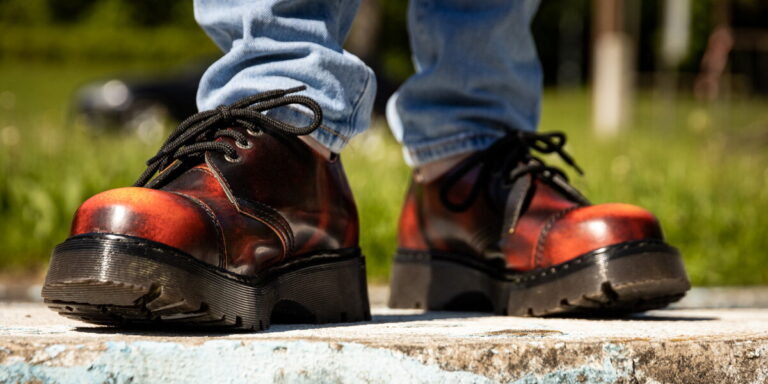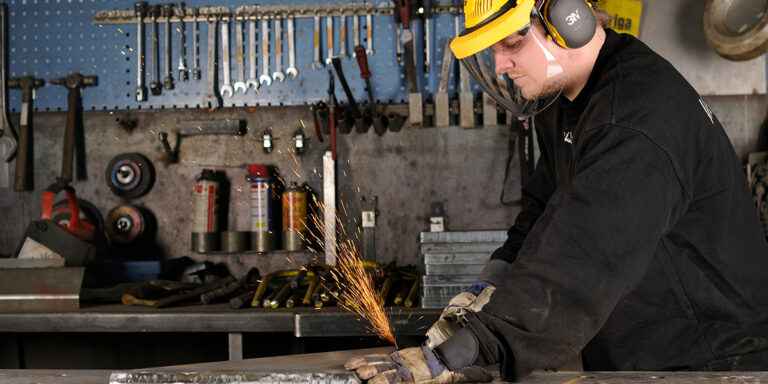How to Prevent Electric Tool Accidents
Electric tools have become the backbone of nearly everything I do in my workshop. Whether I’m drilling, sawing, sanding, or grinding, they save time, boost accuracy, and make challenging tasks more manageable. But the convenience comes with real risks. Power tools, no matter how familiar, are unforgiving if handled carelessly. That’s why I take safety seriously—not just to avoid injury, but to make every DIY project productive and stress-free. In this guide, I’ll share my approach to how to prevent electric tool accidents, based on practical experience and safety best practices.
Accidents with electric tools can range from minor cuts and shocks to severe injuries that lead to long-term consequences. Many of these accidents aren’t caused by faulty tools—they result from a lack of preparation, poor maintenance, or simple lapses in attention. That’s why taking steps to prevent them isn’t just responsible—it’s essential.
Know Your Tools Before You Power Up
Before using any new electric tool, I take time to read the manual. Not just skim through it, but actually understand the tool’s specific safety features and limitations. Each tool has different power levels, handling requirements, and cutting or drilling tolerances. This isn’t about being overly cautious—it’s about setting myself up to work smarter.
Familiarity is a major factor in how to prevent electric tool accidents. When I know how a tool behaves under load, what sounds normal, and where the controls are, I’m less likely to make sudden or unsafe movements. If something doesn’t feel right—strange noise, unusual vibration, or poor response—I stop and inspect the tool before proceeding.
Maintain Your Equipment
A well-maintained tool is a safe tool. Every few weeks, I go through my entire collection and check for issues—frayed cords, cracked housing, dull blades, worn brushes, or dust buildup in vents. Keeping tools clean and in working condition helps prevent malfunctions that can cause injury.
For instance, a dull blade on a circular saw makes the motor work harder, increases kickback risk, and forces me to apply more pressure than necessary. Sharpening or replacing blades on time not only improves performance but keeps my hands and wrists out of harm’s way. Regular lubrication, replacing worn parts, and storing tools in dry, clean environments all contribute to safety and longevity.
Use the Right Tool for the Job
It’s tempting to grab the closest tool when I’m in a hurry, but I’ve learned that using the wrong one can quickly become dangerous. Trying to cut through sheet metal with a wood blade or sanding an edge with a drill attachment not designed for it can lead to slipping, tool failure, or worse.
Choosing the proper tool for each task is central to how to prevent electric tool accidents. I always make sure that the tool, accessories, and attachments are suited for the material I’m working with. And if I don’t have the right gear, I wait until I do. Rushing or improvising with electric tools is where many injuries begin.
Inspect Your Work Area
Before starting any project, I inspect my workspace for hazards. Tripping over cords, knocking over tools, or working near spilled liquids can all lead to electric shock or sudden slips. I keep my work area dry, clutter-free, and well-lit. This allows me to move with confidence and reduces the chance of unpredictable accidents.
I also make sure all cords are routed away from the path of the tool, especially when working with circular saws or grinders. Cutting your own extension cord mid-project can give you a jolt—and it’s surprisingly easy to do if you’re not paying attention.
Wear the Right Safety Gear
Personal protective equipment is part of every workshop session for me. At the very least, I wear safety glasses, hearing protection, and gloves when the tool allows. For dust-producing jobs, I wear a respirator. For grinding or cutting metal, I go a step further with face shields and protective clothing.
Loose-fitting clothes, jewelry, or even untied long hair can get caught in moving parts. I always make sure everything is secure and fitted before turning anything on. The small habit of gearing up properly plays a big role in how to prevent electric tool accidents.
Unplug When Making Adjustments
One rule I never break is unplugging the tool—or removing the battery—before making adjustments, changing bits or blades, or clearing jams. It only takes a split second for a finger to slip or for the tool to activate unintentionally. I’ve heard too many stories of injuries that could have been avoided with a simple unplug.
Even tools with trigger locks can fail or get bumped. Disconnecting from the power source removes the risk altogether. It’s one of the easiest and most effective habits I’ve picked up over the years.
Use Ground Fault Circuit Interrupters (GFCIs)
Electric shock is a silent and serious danger, especially in environments where moisture is present. I always plug tools into outlets equipped with GFCIs, particularly when working outdoors or in the garage. These devices shut off power the instant they detect a ground fault, which can happen if the tool’s wiring becomes compromised or if water creates a path to ground.
For added protection, I use portable GFCI adapters for extension cords. If you’re working on decks, patios, or near plumbing, this extra step could save your life.
Pay Attention to Cords and Power Sources
Cords are more than just connections—they’re common accident sources. I make sure cords are in good shape, not pinched, kinked, or frayed. I avoid yanking cords to unplug tools and always coil them properly when storing. A tangled or damaged cord increases the chance of overheating, short-circuiting, or tripping.
When setting up, I plan cord placement so I won’t step over or pull them while working. If a cord crosses my path, I secure it with clips or tape to avoid accidents. Managing cords properly is one of the often-overlooked ways of how to prevent electric tool accidents.
Take Regular Breaks
Fatigue leads to mistakes. I’ve noticed that after a few hours of focused work, my reaction time slows and my grip gets weaker. That’s when I make it a point to take breaks. Rehydrating, stretching, and clearing my head helps me come back sharper and more alert.
Operating electric tools while tired is just as dangerous as driving while drowsy. My concentration drops, and that’s when slips, miscuts, or missed safety steps happen. Even just a ten-minute pause every hour can make a huge difference in staying safe.
Secure Your Workpiece
Loose materials are unpredictable. Whether I’m drilling into metal or sanding a wooden edge, I use clamps or vises to hold the workpiece steady. Trying to hold a board down with one hand while using a tool with the other is an invitation for injury.
Proper securing not only gives me better control, but it also helps the tool function as intended. Kickbacks, binding, and tool vibration are all reduced when the material is held firm. This habit forms a foundational part of how to prevent electric tool accidents in any setting.
Be Cautious of Kickback
Kickback happens when a power tool’s blade or bit suddenly binds and throws the tool—or the material—back at the user. It’s one of the most common causes of serious injury, especially with circular saws, routers, and grinders.
To prevent it, I always let the tool do the work. I don’t force it. Keeping blades sharp, using the correct depth settings, and standing slightly to the side of the tool’s path also helps minimize risk. Whenever possible, I position my body out of the potential line of fire, just in case the tool kicks back unexpectedly.
Train Yourself on Proper Handling
Proper stance, grip, and control go a long way in keeping things safe. I’ve taken the time to learn the best practices for each tool I use regularly. For instance, using both hands on a power drill, keeping elbows in when operating a jigsaw, and standing firm when using a belt sander.
Repetition builds muscle memory, and muscle memory can save your hands or eyes in a critical moment. Consistent, safe handling is at the core of how to prevent electric tool accidents, especially during tasks that become routine over time.
Don’t Bypass Safety Features
Manufacturers include safety features for a reason. Guarding, electric brakes, and trigger locks exist to keep me protected, and I never remove or bypass them for the sake of speed. I’ve worked with folks who modified their tools to remove guards or disable lockouts, and I’ve seen close calls because of it.
Safety features may slow you down slightly, but they add an important buffer between you and serious harm. Instead of fighting them, I make them part of how I work.
Keep a First Aid Kit Nearby
Despite all precautions, accidents can still happen. That’s why I keep a well-stocked first aid kit within reach of my workspace. It includes antiseptic, bandages, gauze, burn ointment, and tweezers. Being able to treat small injuries immediately helps prevent infections and gives me time to seek help if needed.
More importantly, having a kit reminds me that safety is always a priority. It’s a simple backup plan, and every responsible workshop should have one.
Final Thoughts
Every project I work on comes with a mix of excitement, creativity, and challenge. But none of that matters if I get hurt in the process. Electric tools are powerful allies in my DIY efforts, but they demand respect and responsibility.
Learning how to prevent electric tool accidents isn’t just about avoiding worst-case scenarios—it’s about creating a workspace where I can focus, enjoy the process, and return to the job day after day in good health. From using the right tools and gear to maintaining sharp focus and proper technique, each step I take reduces risk and builds confidence.
Safety in the workshop isn’t about being afraid—it’s about being prepared. Every time I plug in a tool, I’m choosing to work smart. And when everything’s working well and I’m protected, that’s when the real magic of DIY begins.

